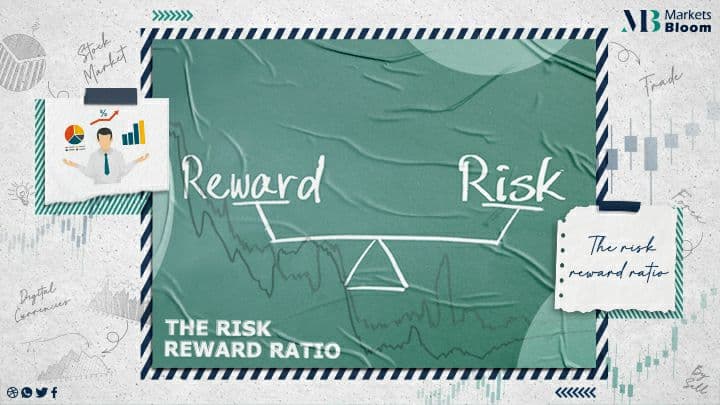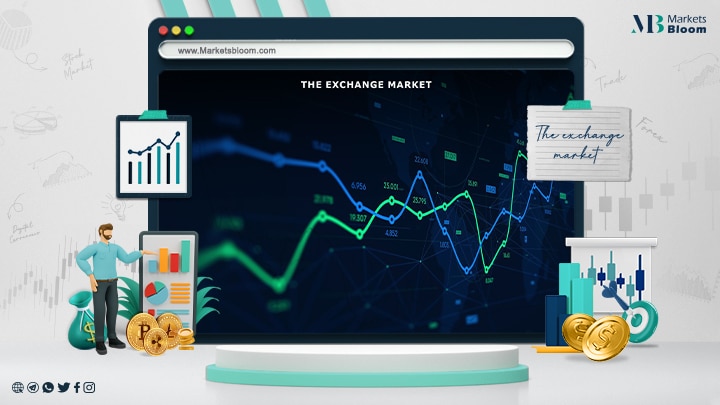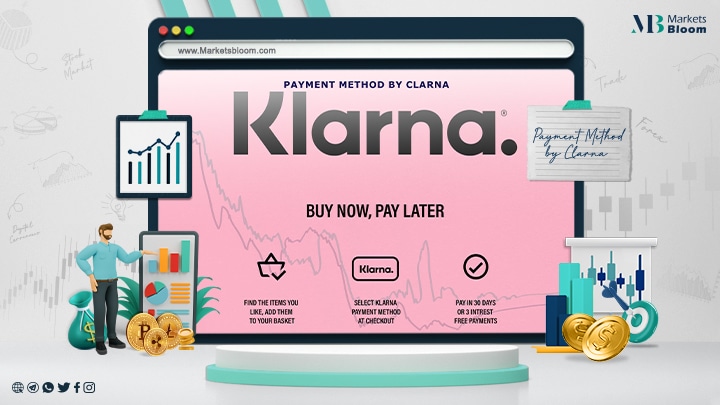The Risk Reward Ratio

What is the relation between risk and reward, and is there a perfect risk reward ratio? In this article we will examine those questions, but before let’s have a look at risk and reward separately.
Defining Reward
It is the profit that comes from our trade ( either a change in the price of whatever we are trading ) or from income produced by our investment.
What Is Risk?
It is not getting the result you want.In trading and investing, risk can be in different kinds , depending on the source:
-Liquidity Risk: you won’t be able to trade in and out of the position you want to place.
-Market Risk: the whole market decreases in price when you are holding an investment.
-Correlation Risk: all your investments will decrease in value at the same time.
-Currency Risk: whenever you buy an asset denominated in a currency different from your own.
-Interest Rate Risk: the risk that interest rates will change and have a negative effect on your investment.
-Inflation Risk: a shift in the rate of inflation will eliminate your expected returns.
-Political Risk: an election, a coup, new legislation negatively influencing your investment.
Quantifying Risk
A simple and intuitive way to gauge risk is to think about 3 factors:
1-The number of possible results.
2- The probability of each of these results.
3-The total probability of positive results vs. the total probability of negative results.
The relationship between risk and reward:
In the world of finance, if you want to gain larger rewards you have to be willing to take greater risk. If you are selling investments, the riskier an investment is, the higher reward you would have to offer to investors for them to consider taking on the extra risk.The relationship that riskier investments offer higher rewards.
There is a progress among the assets of increasing risk and increasing expected rewards:
Short-term loans or bonds of economically healthy governments;
Long-term loans or bonds of economically healthy governments;
Loans or bonds of economically healthy companies;
Loans or bonds of higher risk (high-yield) companies;
Equities.
What is the risk reward ratio?
It is a ratio that compares the maximum potential loss (risk) with the maximum potential profit (reward).
To use the risk reward ratio for a specific trade, a trader would place a stop-loss order, in order to limit the potential loss on the trade. Then they place a take-profit order, in order to secure a profit once a predetermined level has been achieved. Read more
How is it calculated?
For example, let’s say you want to buy Apple shares at $135/share. If you place a stop loss at $130 and a take-profit order at $160. Now our risk is $5/share and your profit is $25/share, giving you a ratio of 5:25, or 1:5.
About Marketsbloom:
Markets Bloom is a trading academy consisting of former trading industry professionals. Our aim is to help all types of traders looking to trade the financial markets.
By registering with us, you will gain amazing insights into common issues traders face as well as how to instantly improve your trading approach. Our team of experts will be with you every step of the way on your journey to becoming a better trader.
For more information on our services contact us , follow our Facebook page Markets Bloom for the latest news !




